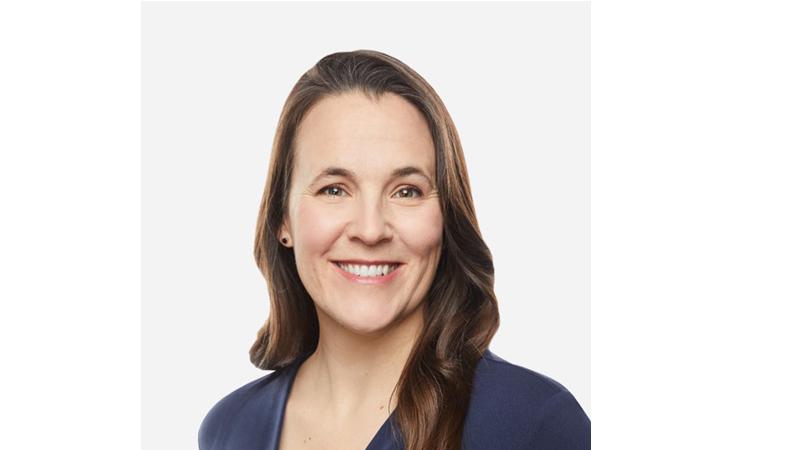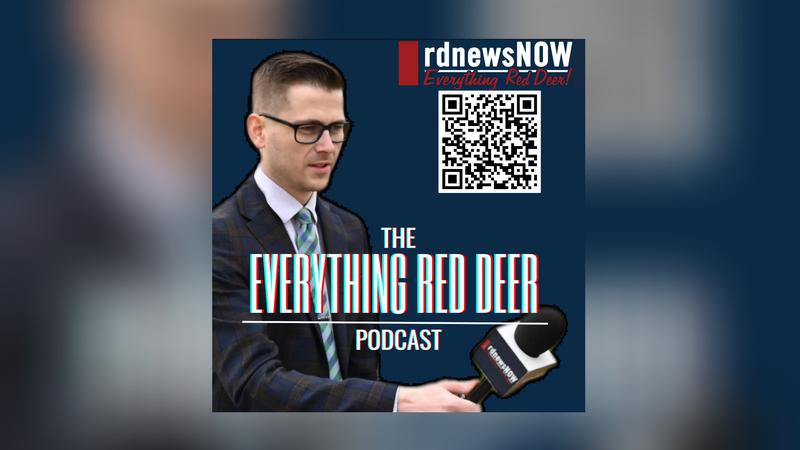
Op-ed: Danielle Smith’s Recovery Model is failing Albertans by the thousands
Just months ago, residents of Red Deer were invited to weigh in at a public council meeting regarding the city’s Overdose Prevention Site (OPS). OPS and Supervised Consumption Sites are frequently used examples of harm reduction, an approach to keep people who use drugs connected to health care and social services, and a way out of addiction. Despite the city’s ruling on the issue, the question seems to remain across the province: do we invest in recovery? Or do we invest in harm reduction?
The answer? Both.
Unfortunately for Albertans, however, this broad-spectrum approach to addressing mental health and addictions isn’t preferred by the current government. In fact, Alberta has become a beacon for recovery, over all other strategies.
Through the Alberta Recovery Model, the UCP government has promised 11 Recovery Communities (just two have been built, one of which is in Red Deer), has allocated $10 million for a crown corporation called the Centre of Recovery Excellence, and will now be operating ‘Recovery Alberta,’ the new organization delivering mental health and addiction services across the province that will replace AHS services by this Canada Day.


